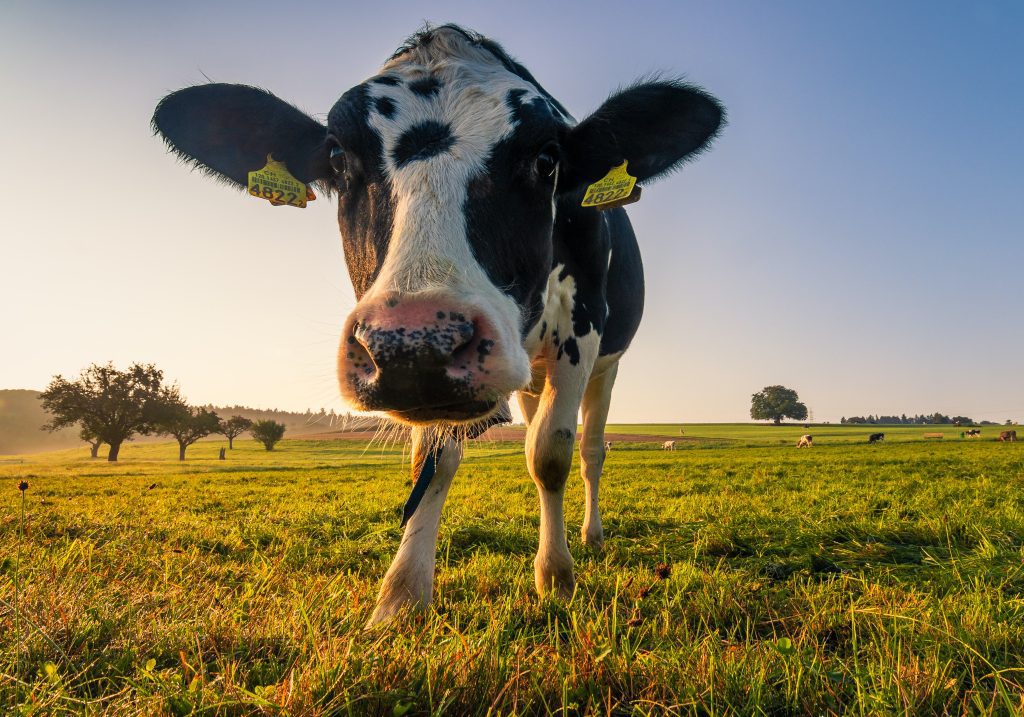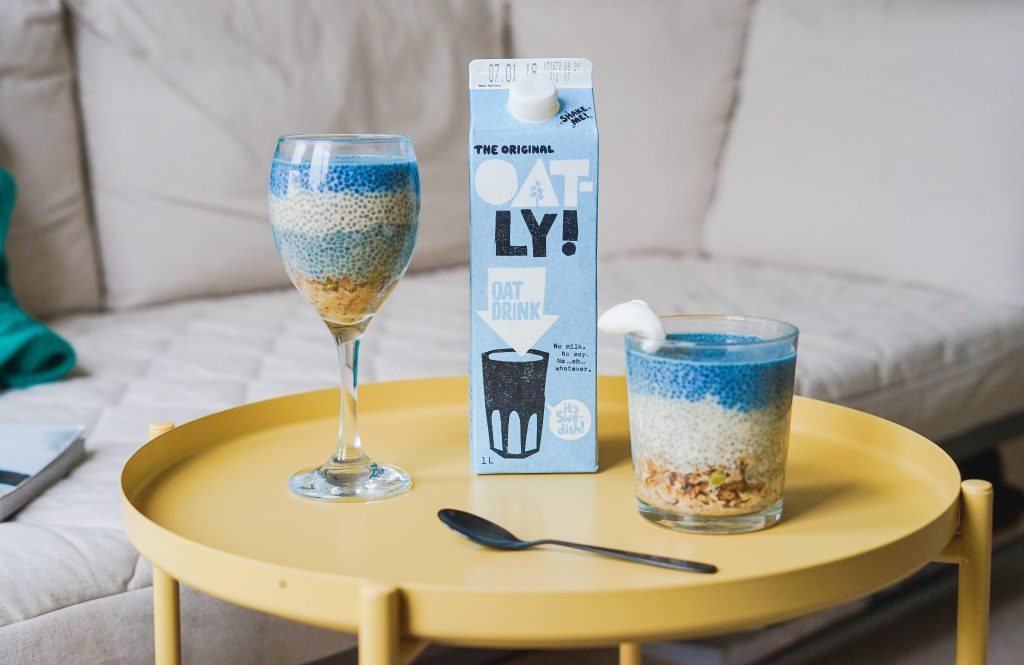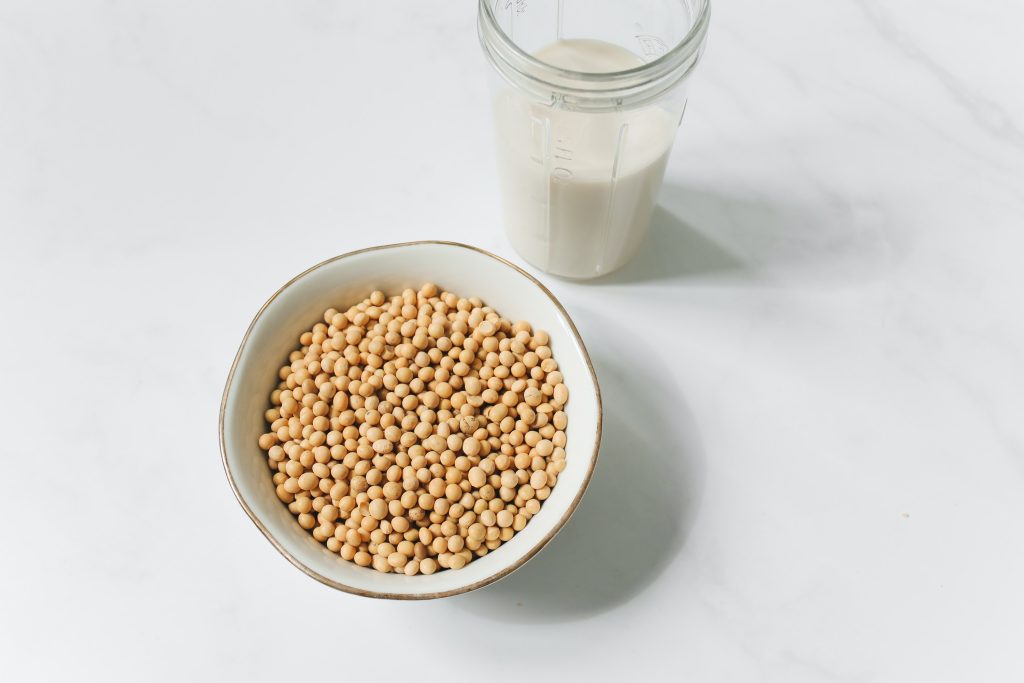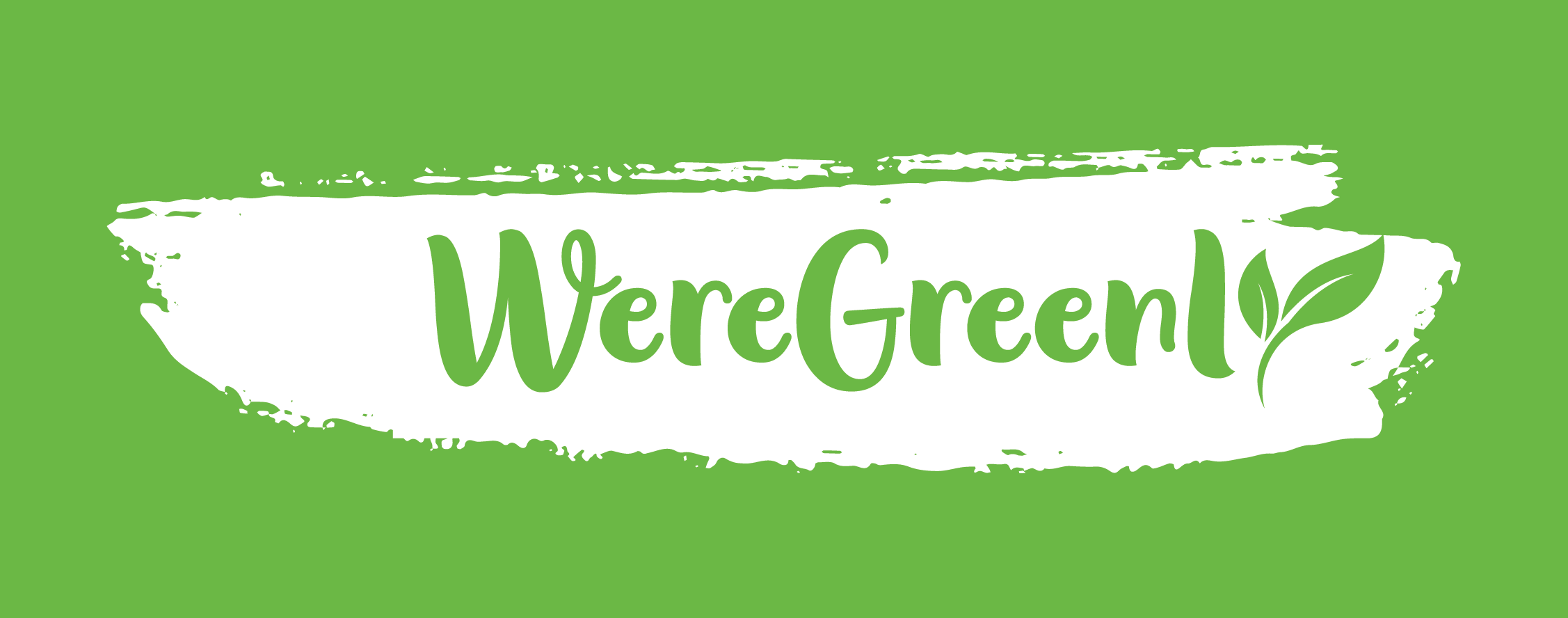Eco-Friendly Milk: Dairy or Plant-Based Milk?
Shopping can be overwhelming, especially when presented with various choices. If you can’t have multiple things, the best thing to do is choose the top products. This article will help you choose the best milk among grain, hemp, soy, nut, and dairy milk.
1. Dairy Milk
Dairy milk has a slightly higher greenhouse gas emission rate with a global warming potential of 1.14 per liter in Australia against Africa’s 2.50.

Dairy also requires more land than plant-based options, as every liter may need about 8.9 square meters per year. A dairy farmer may also need about 628 L of water per dairy milk liter!
2. Milk from Grains
Popular grains rich in milk include rice and oat. Rice milk is associated with a bigger water footprint and higher greenhouse gas emissions due to the presence of methane-producing bacteria.

Oat milk has several environmental benefits, making it more popular than rice milk. Unfortunately, fertilizers may threaten the purity of your milk.
3. Milk from Legumes
Legumes rich in milk include soy and hemp. Soy milk is widely used in China compared to hemp milk, which is relatively new.

Hemp milk is extracted from hemp seeds, while other parts of the plant have alternative commercial uses. The hemp plant requires less water than almonds and dairy but slightly more than soy plants.
4. Milk from Nuts
Nut milk requires smaller land. One may extract milk from nuts like almonds, coconuts, and hazelnuts. Almonds require more water, making them unsuitable for water-scarce areas, while coconuts are limited to tropical regions. Hazelnuts thrive in areas with higher rainfall and are commercially available to meet the rising demand.
You should diversify to find a balance between dairy and plant-based milk for the best results. Shifting to one side may lead to overexploitation and the rise of unscrupulous producers.
